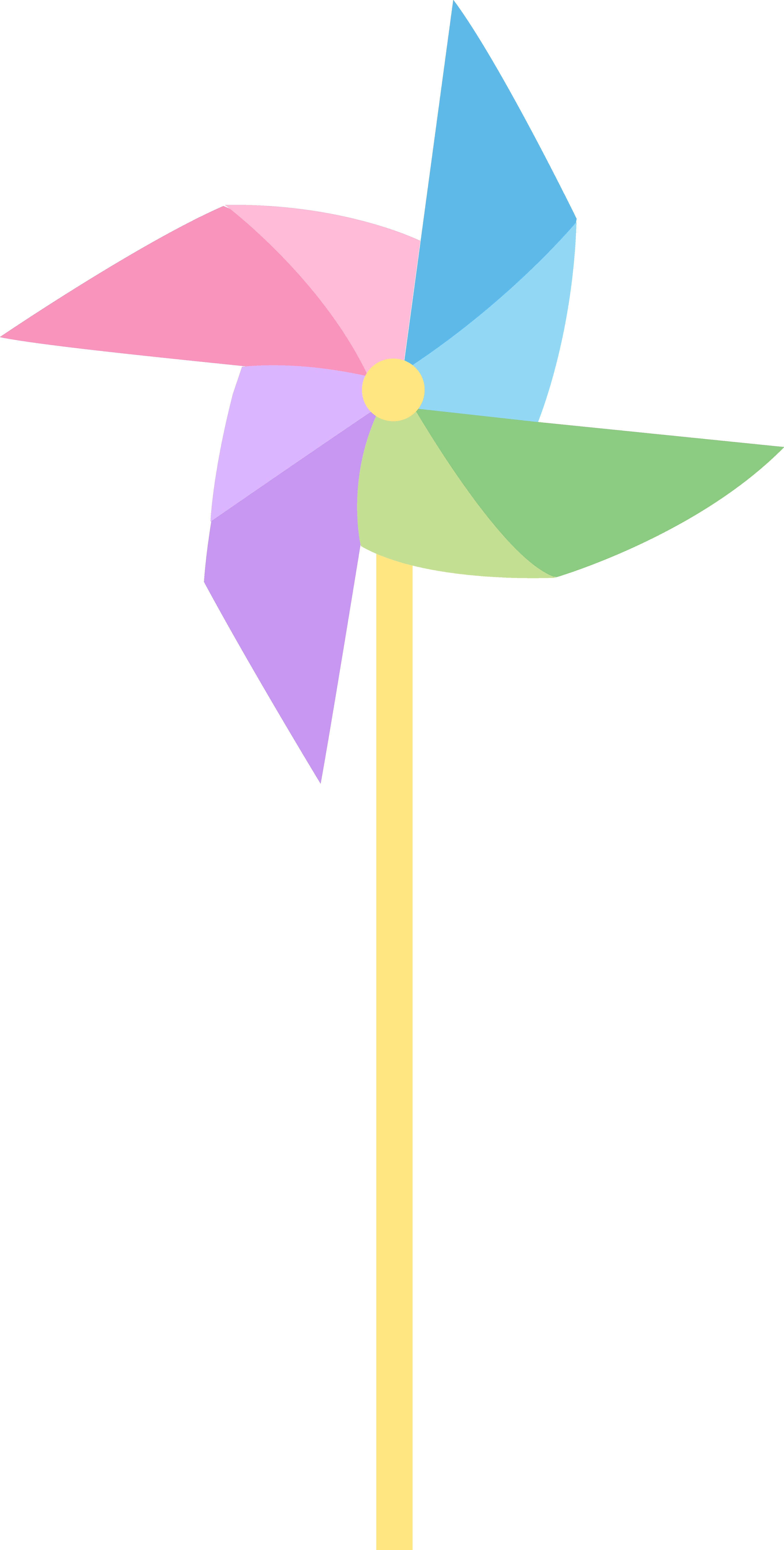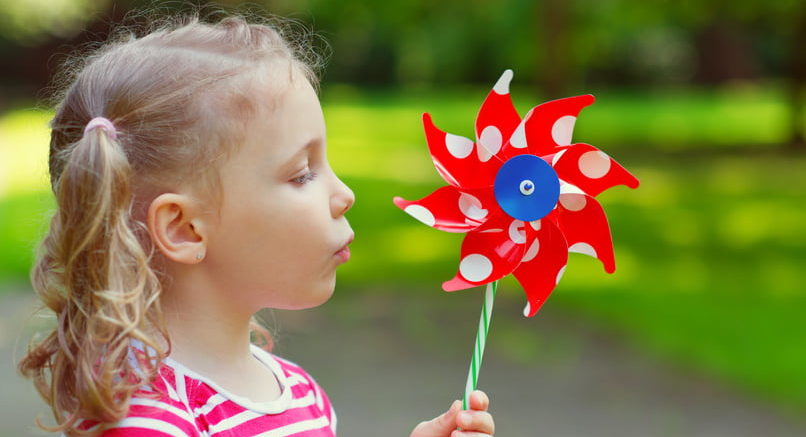Last week my 5-year old walked in the door from school and was really upset because her sister got to watch a TV show while she was away and thought that her sister would get an “extra” show. She started crying really hard and what was a trivial occurrence had become a very big deal in her mind. I let her cry and told her that I understood she was upset, but that things aren’t always fair. If she needed to calm down that perhaps she could go to the Peaceful Place in the corner of her room to settle down. She walked into her room bawling her eyes out, and then two minutes later walked out completely calm and prancing around the house like nothing had happened. I was in complete awe. She seemed like a different child within just a few minutes.
I asked her how she was able to calm down so quickly. And she said that she took ten belly breaths in her room and felt better. Ten belly breaths on her own and just like that she had self-soothed. Although we work on mindfulness practices at home, I’m always blown away when I see my children practicing the techniques…and when it works! After my daughter settled back into her calm state, I was able to speak to her about how things aren’t always fair or equal in life, and seemingly she understood- at least for that afternoon.
My daughter’s mini-meltdown that afternoon was a perfect example of amygdala hijacking- a phrase that describes “an immediate, overwhelming emotional response with a later realization that the response was inappropriately strong given the trigger.” The process occurs when our amygdala, the part of the brain that is responsible for fight or flight response, takes over and causes us to freakout. We lose the ability to use the higher-level, thinking parts of the brain to calm down and to be rational. Too often as parents of young children, we know exactly what amygdala hijacking is about. We experience our children’s tantrums and over-reactions that leave us flustered and bewildered. And on occasion…and of course only on occasion 😉 …we may have experienced our own amygdalas getting hijacked when we lose our cool. When our amygdalas get hijacked, before we can process any logic or do any problem-solving, we need to regulate back to center.
“Breath is the link between mind and body.” -Dan Brule
One of the most effective ways to return to center is through the breath. And what I’ve learned is that in order to use the breath as a tool during hijacked states, you need to practice focusing on the breath during non-hijacked states when you are calm and collected. Practicing breath work with your children doesn’t have to be a forced, boring practice. In fact, I often find that it’s easier to do a quick breath practice organically while we are playing or taking a bath. It seems less like a chore that I’m requesting of them. Taking simple deep breaths together is an awesome tool that many parents use, but there’s also more creative expressions for breath work that can be more fun for young children. Here’s a few examples:
- Belly Breath with a Stuffed Animal: Lay on your back. Place the stuffed animal on your belly. Breathe in, watch it rise. Breathe out, watch it fall. Kids love pretending the stuffed animal is dancing or swimming on their belly.
- Snake Breath: Breathe in through your nose. When you breathe out, hiss like a snake. Get really into character and slither around like a snake in between your breaths.

- Ocean Breath: Breathe in through your nose. Breathe out and make the sound of an ocean wave. You can take your arms out wide with each inhale taking them above your head. Then draw your palms down to your chest as you exhale.
- Flower Breath: Place your palms together with the base of your hands touching. Open up your fingers like a flower petal. Breathe in the beautiful smell of your flower. Open your mouth and breathe out.
- Pinwheel Breath: This technique is from the book Mindful Games. You will need a pinwheel like the one pictured here. You can have your kids practice slow breaths, fast breaths and normal breaths, and see how that changes the pinwheel spin. You can then talk about the differences together and how you feel when your breath changes.
Below are YouTube videos of some adorable littles performing a few of these breath practices. It’s always a good idea to try a few breaths in a row- no matter which creative version you choose to do. Happy breathing!




Share this: